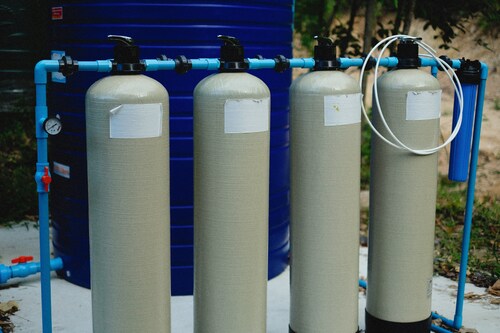Every time someone washes their hands, takes a shower, or runs the washing machine, water flows straight down the drain. But what if that water could be reused instead of wasted? With rising water costs and environmental concerns growing, more homeowners are exploring smarter ways to conserve money and natural resources.
When you capture and reuse lightly used water from daily tasks, households can reduce their reliance on fresh water. Installing a greywater recycling system is becoming a practical solution for sustainable living, and it could also lead to noticeable savings on monthly utility bills.
Cutting Monthly Bills Without Cutting Comfort
A typical household uses hundreds of gallons of water daily, much of it for tasks that don’t require perfectly clean water. Think about flushing toilets or watering plants. These jobs can be easily handled with reused water, reducing your demand for fresh water. With a recycling system, lightly used water is filtered and sent back out, cutting down your water usage without changing your lifestyle.
Some households that use greywater systems have reported saving up to 30% on their monthly water bills. Over a year, this could mean hundreds of dollars in savings. The financial benefit can be even greater in areas with high water rates or dry climates. The savings add up quickly for growing families, making it eco-friendly and cost-effective.
Low Waste Living That Pays Off Over Time
Although installing a system requires an upfront investment, the long-term return makes it attractive. A basic home system can cost anywhere from a few hundred to a few thousand dollars, depending on its size and features. But over time, those savings on your utility bills help you break even and begin to save.
Additionally, some local governments offer rebates or tax incentives for eco-friendly water use upgrades. This can help reduce the initial cost even more. Think of it as a one-time investment that slowly pays for itself while giving you long-term control over how much you spend on water.
Making Homes More Resilient in Droughts
In many parts of the country, water shortages are a serious issue. Greywater reuse is an easy way to stay ahead of possible restrictions. When local rules ask people to limit outdoor watering or reduce their water use, having a system in place means you’re already doing your part and still keeping your garden green.
During dry seasons or times of high demand, greywater gives homeowners more flexibility. It adds a layer of resilience, allowing homes to function more normally while others are cutting back. This keeps your property looking great and gives you peace of mind when the weather turns harsh.
Smarter Use for a Greener Home
Reusing water doesn’t just save money; it supports a more sustainable way of living. It reduces the load on local water systems and the amount of wastewater in treatment plants. Even using greywater for something as simple as flushing toilets can have a big impact over time.
As awareness grows, more people turn to eco-conscious options that blend with everyday life. A greywater system fits that goal perfectly. It works behind the scenes, requiring little upkeep while offering long-term environmental and financial rewards.
Conclusion
A greywater recycling system may seem like a small change, but the impact can be huge. It’s a smart solution for modern living, from saving hundreds of dollars a year to protecting precious water resources. After rethinking how we use water at home, we cut costs and create a more sustainable future.




